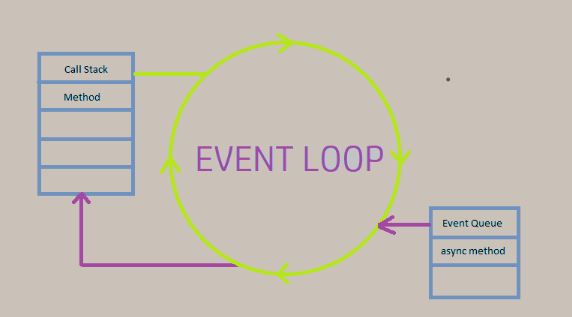Simulating Async Operations
setTimeout()
.setTimeout()function, available both in Node.js and in browsers, waits a given number of milliseconds (1 sec = 1000 ms) and then calls a function.setTimeout()takes two parameters:A callback function (remember callbacks are just functions passed in as parameters)
The number of seconds after which the method will be called
.setTimeout()is async by default; this is the primary reason it’s often used to simulate asynchronous operations
Example
const delayedGreeting = () => {
console.log('Hi, sorry for the wait!')
}
/*
call setTimout(), it accepts 2 parameters
1. callback (function to be executed)
2. delay in milliseconds (1000 ms = 1 sec)
*/
console.log('calling .setTimeout()')
setTimeout(delayedGreeting, 3000)
console.log('end of the code')
In the code above, .setTimeout() is used to delay the execution of the .delayedGreeting() function by 3 seconds.
- Run the example in the jsbin below and notice how the message:
end of the codeis executed before theHi, sorry for the wait!.
- This means that our program did not wait for
.delayedGreeting()to finishing running before it executed
Event Loop
Asynchronous JavaScript uses something called the event-loop
In the example above, After 3 seconds,
.delayedGreeting()is added to a line of code (Event Queue) waiting to be runBefore it can run, any synchronous code from the program will run first (from the Call Stack)
Next, any code in front of it in the line will run
This means it might be more than two seconds before delayedHello() is actually executed
